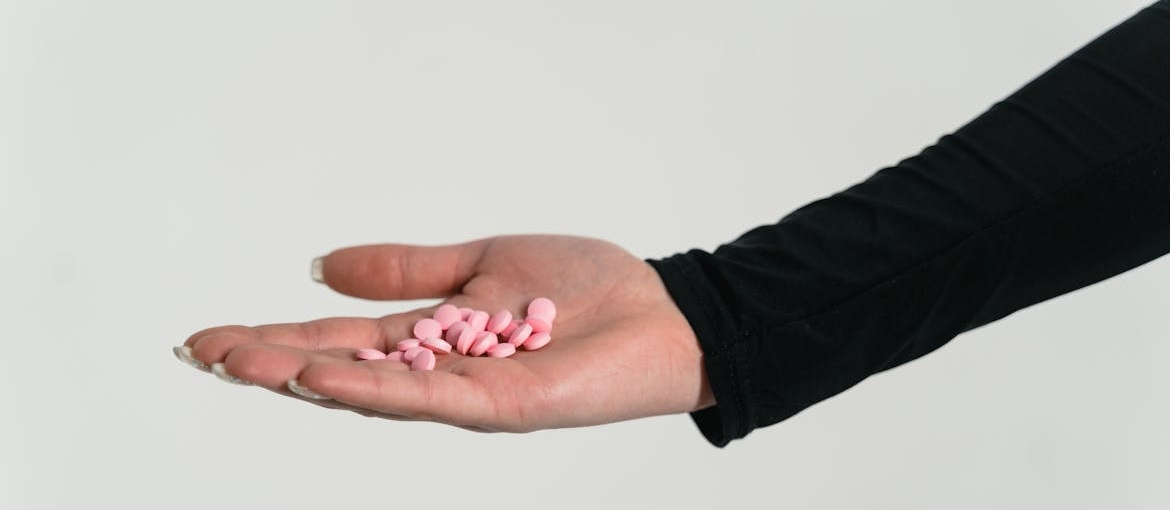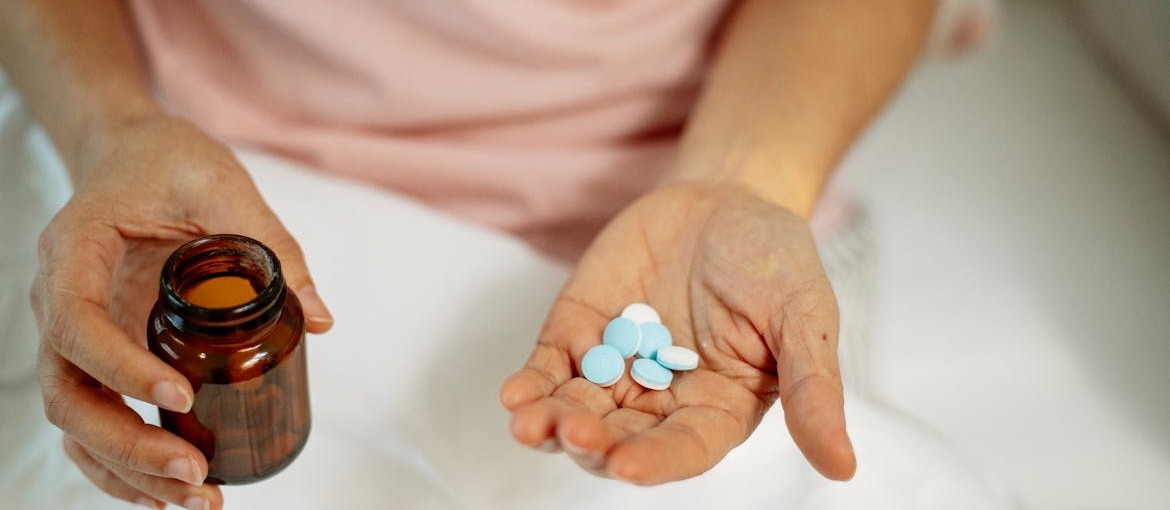Mixing LSD and bipolar disorder isn’t just risky—it can be dangerous. Some people take LSD hoping it will help with depression or clarity. But if you live with bipolar disorder, it can make things worse fast. Mania, psychosis, and deep mood crashes are more likely. This isn’t about judgment—it’s about safety. If you’re struggling and need support, addiction treatment centers in West Virginia can offer real help. You’re not alone.
What Is LSD and How Does It Affect the Brain?
LSD is a powerful hallucinogen. It changes how the brain works, especially the parts that control mood, thought, and perception. People take it for the “trip,” but the brain reacts in ways you can’t always control. LSD affects serotonin, a chemical that helps regulate your mood. Too much serotonin activity can cause extreme thoughts, visual distortions, or panic.

That’s why LSD is on the list of drugs associated with violent acts and unpredictable behavior. The trip might start calm, then turn dark fast. For someone already dealing with mood swings, it can be too much. Mixing LSD and bipolar disorder isn’t harmless—it pushes brain chemistry into dangerous territory. If you’re asking what is LSD used for in psychiatry, it’s not for treating bipolar. That combination leads to more harm than healing.
Understanding Bipolar Disorder
Bipolar disorder causes strong shifts in mood, energy, and behavior. Some days feel like too much. Others feel like nothing at all. It’s not just sadness or stress—it’s a real medical condition that affects how your brain works. People with bipolar disorder may go from deep depression to intense energy or agitation. These mood swings are more than emotional—they change how you think, sleep, eat, and interact.
When those ups and downs get severe, they can lead to impulsive choices, risky behavior, or isolation. That’s why stability matters. Some people try to control these symptoms themselves with substances, but that often makes things worse. Mixing bipolar disorder and LSD doesn’t level you out. It can make the swings even harder to handle. If you’re asking what drugs should bipolar people avoid, LSD is one of them.
The Dangerous Effects of Mixing LSD and Bipolar Disorder
Mixing LSD and bipolar disorder puts your mental health at serious risk. LSD changes how you think, feel, and behave. When those effects meet the mood swings of bipolar disorder, the results can get dangerous. If you’ve ever asked what drugs can cause hallucinations, LSD is at the top of the list. For someone with bipolar disorder, those hallucinations aren’t just temporary—they can trigger lasting problems. Here’s what can happen when the two collide:
- Severe manic episodes: Racing thoughts, risky actions, no sleep
- Psychotic symptoms: Hallucinations, paranoia, delusions
- Panic attacks: Intense fear that feels uncontrollable
- Deep depression: Sudden, overwhelming hopelessness
- Self-harm or suicidal thoughts: Impulsive actions in response to the trip
- Aggressive or erratic behavior: Especially during manic highs or comedowns

Why LSD Is Not a Safe Alternative Treatment
Some people wonder, can psychedelics help with bipolar disorder? Others search for quick fixes without fully understanding the risks. The truth is, using LSD while managing a serious condition like bipolar disorder creates more harm than good. Below are three critical reasons why LSD is not safe for treating bipolar symptoms, no matter what you’ve read online or heard from others.
No FDA Approval or Clinical Oversight for Bipolar Use
LSD is not approved for treating bipolar disorder. It’s classified as a Schedule I drug, which means the FDA sees no accepted medical use and a high potential for abuse. You might see articles or social media posts that suggest psychedelics are the future of mental health care. But for now, LSD is not used for treating bipolar disorder in any safe, supervised way.
Without medical guidance, the risk of triggering mania, psychosis, or deep depression goes up fast. When you’re already dealing with bipolar disorder, adding LSD into the mix can quickly spiral out of control. Research hasn’t shown consistent, safe results for people with this condition. So, if you’re asking what is LSD used for in psychiatry, the answer is: not bipolar disorder. There are better, proven ways to find relief and stay safe.
Dangers of Self-Medicating with Psychedelic Drugs
If you’re struggling with mood swings or emotional pain, reaching for LSD can feel like a shortcut. But for people with bipolar disorder, self-medicating with hallucinogens is dangerous. LSD affects serotonin levels, which are already unstable in bipolar brains. That mix can cause serious episodes or even land you in the hospital. In fact, many people who mix LSD and bipolar disorder end up needing immediate help after a severe reaction.
When it feels like nothing else is working, it’s tempting to try what others suggest online. But using LSD without medical guidance isn’t healing—it’s gambling with your mental health. If you’re asking what drugs should bipolar people avoid, LSD belongs at the top of the list. Help from a licensed drug rehab center Cambridge OH has is often safer and more effective than anything found in a forum or DIY article.

Safer, Evidence-Based Treatments That Do Help
There are real options for treating bipolar disorder that don’t involve risk or guesswork. Proven treatments help stabilize mood without putting your brain at risk. These options work better than anything LSD could do. One of the most helpful choices for complex cases is dual diagnosis treatment West Virginia centers offer, where both mental health and substance use issues are treated together. Here are some ways these centers can help:
- Mood-stabilizing medication: Helps keep your mood balanced daily
- Cognitive behavioral therapy (CBT): Helps change unhealthy thinking patterns
- Psychiatric evaluations: Tailored treatment based on your exact symptoms
- Family therapy: Support for everyone affected
- Regular follow-up: Tracks long-term progress
What to Do if You’ve Already Mixed LSD and Have Bipolar Disorder
Mixing LSD with bipolar symptoms can feel overwhelming fast. If you already took it and feel off, don’t wait it out alone. Quick action helps lower the chances of something worse happening. Below are three things you need to know if you’ve combined bipolar disorder and LSD—especially if you’re not feeling like yourself.
How to Recognize a Dangerous Reaction
LSD can lead to scary changes in your mood or behavior. You might feel confused, paranoid, or detached from reality. These symptoms are even more intense if you live with bipolar disorder. Recognizing the warning signs can help you get support early before things spiral out of control. If you’re unsure what drugs can trigger bipolar disorder symptoms, LSD is one of them. Knowing what to look for matters:
- Racing thoughts or speech: More intense than usual
- Risky behavior: Acting without thinking
- Hallucinations: Seeing or hearing things that aren’t real
- Severe anxiety: Feeling trapped or out of control
- Agitation or panic: Sudden, sharp changes in energy

When to Seek Emergency Mental Health Support
If your symptoms are getting worse or feel unmanageable, go to the ER or call a crisis team. It’s not safe to wait it out at home if your mind doesn’t feel right. People with bipolar disorder and LSD reactions may not realize how serious things are until it’s too late. The earlier you get help, the better the outcome. You don’t have to do this alone. Medical teams know how to stabilize people fast.
If cost worries you, ask about Blue Cross Blue Shield drug rehab coverage—many policies include support for both mental health and drug complications. You won’t be judged. You’ll be treated like someone who needs help and gets it. That first call can change everything, especially if you’ve been scared to ask for help before.
What to Tell a Doctor or Psychiatrist for Proper Help
Be honest with your doctor. Tell them what you took, how much, and when. They need the full picture to help you safely. Don’t leave out the LSD. It’s especially risky when you’re managing bipolar disorder. Doctors won’t blame you—they’ll just want to help. Mention any thoughts of harm, racing ideas, or trouble sleeping. Say if you’ve ever had a bad reaction before. The more they know, the better the treatment plan.
Many people in this situation benefit from a partial hospitalization program West Virginia clinics offer. These programs provide structured help during the day while you sleep at home. It’s a step up from weekly therapy and a step down from full inpatient care. You won’t lose your freedom—but you’ll get the support you need to recover from the impact of mixing bipolar symptoms with LSD use.

Finding Safer Support Options for Bipolar Disorder
Focus on support systems that are safe, effective, and well-tested. LSD might seem like a quick fix, but it doesn’t treat the root of the problem. Below are options that actually work for people living with bipolar symptoms. These treatments don’t make things worse or leave you stuck in a crisis—they help you build real stability over time.
Mood Stabilizers and Other Proven Medications
If you’re living with bipolar disorder, medication isn’t about numbing your personality—it’s about keeping you balanced. Mood stabilizers like lithium, lamotrigine, and valproate help prevent extreme mood shifts. They make daily life feel more predictable. These medications are monitored by doctors who understand the brain’s complex chemistry.
Unlike LSD, which floods the brain with serotonin and can cause chaos, mood stabilizers bring structure to emotional highs and lows. You might still have ups and downs, but they won’t control you. Ask your doctor to walk you through the pros and cons. If you’re also dealing with trauma, PTSD, or substance use, programs like rehab for veterans can help treat all of it in one place. You don’t have to figure everything out overnight. Medications work best when they’re part of a long-term, steady plan.
Dialectical Behavior Therapy and Other Talk Therapy Options
Therapy helps you handle triggers, racing thoughts, and relationship issues without reaching for LSD or anything else that might backfire. One of the most effective options is dialectical behavior therapy for addiction. It’s great for people who feel overwhelmed by emotions or who have a hard time managing reactions. DBT teaches practical skills to regulate your emotions, stop impulsive behavior, and build stronger connections with others.
For someone with bipolar disorder, those tools are life changing. You’ll learn how to get through a hard moment without falling into a bigger crisis. Other therapy options like CBT (cognitive behavioral therapy) also work well. These aren’t quick fixes, but they give you real power over your symptoms. And unlike LSD, they’re backed by decades of research and used by licensed mental health professionals who know how to help without doing harm.

Support Groups and Crisis Hotlines for People with Bipolar Disorder
Sometimes the most powerful thing is talking to someone who truly gets it. That’s where support groups and hotlines come in. These spaces are built for people who deal with the same questions you do:
- NAMI (National Alliance on Mental Illness): Peer-led support groups in most states
- 988 Suicide & Crisis Lifeline: 24/7 emotional support, not just for suicide
- DBSA (Depression and Bipolar Support Alliance): In-person and online bipolar-specific meetings
- Local hospital or clinic groups: Ask about free or low-cost mental health support
- Mental health text lines: Immediate, anonymous help for when you’re not ready to talk
You’re Not Alone—There’s a Safer Way Forward
If you’re dealing with LSD and bipolar disorder, you don’t have to figure it out alone. The mix can feel overwhelming and confusing. It’s okay to ask for help, even if things feel out of control right now. Support is out there, and it’s made for situations like this. Safer options exist. Real treatment works. You deserve to feel better without putting yourself at risk. Talk to someone who knows how to help.



